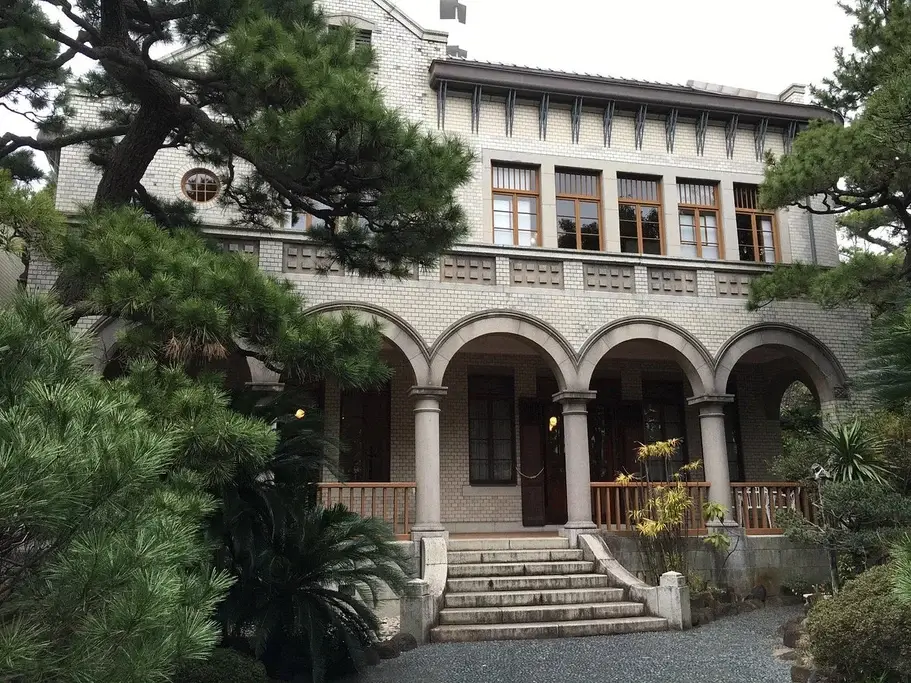Chiba Prefecture has breathtaking landscapes, historical sites, and cultural treasures to explore! It also offers a blend of modern attractions and ancient traditions! Whether you like nature or history, Chiba has something to offer everyone! With its many attractions, Chiba is the perfect destination for a day trip from Tokyo or a more extended stay!
Table of Contents
ToggleBoso Peninsula
The Boso Peninsula is generally a nature lover’s paradise. This area is southeast of Tokyo and is easily accessible. Once there, you can explore a variety of landscapes, from sandy beaches and rugged coastlines to temples and farmland. In addition to its natural beauty, the Boso Peninsula is rich in history and culture. People have lived in the area for thousands of years, and several historical sites exist to explore.

Visitors to the Boso Peninsula can enjoy various activities, including visiting Kamogawa Sea World or relaxing on the peninsula’s beaches. The West Coast offers calm waters and views of Mt. Fuji, while the East Coast is famous for its surfing spots along the Kujukurihama Coast. For a scenic drive, the Boso Flower Line, lined with seasonal blooms, is also a must-see, along with the jagged cliffs and giant Buddha of Mount Nokogiri.
Hoki Museum
The Hoki Museum is Japan’s first museum about Realism in contemporary painting. Founded by Masao Hoki, the museum was born out of his passion for Realist paintings. As interest grew, Hoki envisioned a dedicated museum where more people could appreciate Realist art. The museum’s architecture was meticulously crafted to inspire curiosity and invite visitors inside, featuring exhibition spaces that appear to float in space.

Today, the Hoki Museum houses over 400 works by around 50 active Japanese Realist artists. Inside, the galleries are designed for an immersive experience, with curved, seamless space, while the exterior design fits perfectly between the nearby residential areas and the forest. The museum generally displays masterpieces, commissions new works, and hosts the triennial Hoki Museum Prize to support emerging Realist painters.
Chiba Shrine
The Chiba Shrine is a sacred site with a history of over 1,000 years. Dedicated to the Shinto deity Myoken, the god of the North Star and protector of the Chiba Clan, the shrine is also an essential landmark in the region. The shrine’s brilliant orange two-story central buildings also offer stunning views from the top floor. The main gates feature the twelve zodiac animals, welcoming visitors into this sacred space.

The true highlight of Chiba Shrine is its picturesque gardens. Winding paths lead through Japanese gardens with koi-filled ponds, orange bridges, and smaller shrine buildings. Chiba Shrine is also the site of several annual festivals. These include the Myoken Taisai Festival and the Setsubun Festival in early February. The Myoken Taisai also features a procession of portable shrines through the city accompanied by a giant taiko drum.
Kasori Shell Mounds
The Kasori Shell Mounds are Japan’s largest cluster of shell mounds. This archaeological site houses the remains of over 100 pit dwellings. Discovered in 1887 and excavated in 1924, Kasori became known for the Kasori-type earthenware of the Middle Jōmon period. Many artifacts have been discovered there, including pottery vessels of various shapes and sizes, earrings, seashells, and bones.

In 2017, the Kasori Shell Mound was designated a Special Historic Site, ensuring its preservation for future generations. This designation was thanks to a local high school teacher and archaeologist who ran a campaign against urban development plans that threatened to destroy the site. Moreover, the site was saved and transformed into an archaeological park, complete with a museum that teaches us about the everyday lives of the Jomon Period.
Old Villa of Dembee Kamiya (Inage)
Denbei Kamiya’s Second House, built in 1918, served as a holiday retreat for the renowned industrialist known as the “Wine King.” The villa initially included a traditional Japanese wooden mansion and a European-style guest house, though only the latter remains today. This European-style building is also notable for being one of Japan’s earliest reinforced concrete structures, surviving the Great Kanto earthquake of 1923 with minimal damage.

The villa blends Art Nouveau, Modernism, and Japanese elements. The exterior features tiled walls and a veranda with five arches, fusing Western and Japanese influences. Inside, the first-floor Western room has a Victorian-style fireplace and flooring with geometric patterns. In contrast, the Japanese-style room on the second floor has a raised ceiling framed by bamboo, with grape and bee motifs that honor Kamiya’s legacy as a wine pioneer.
Why should I visit Chiba?
People visit Chiba because it offers natural landscapes, historical sites, and cultural experiences. The Boso Peninsula provides an escape from city life. For those interested in art and architecture, the Hoki Museum and the Old Villa of Denbei Kamiya connect visitors to contemporary and historical Japan. Chiba Shrine, with its gardens and festivals, and the Kasori Shell Mounds, a window into Japan’s ancient past, will enrich your visit.
Chiba’s proximity to Tokyo makes it accessible for day trips and extended stays. The prefecture’s mix of coastal beauty, historical landmarks, and cultural richness offers something for everyone, from nature enthusiasts to history buffs. What would you like to see in Chiba? Let us know in the comments below!









